Image Credit: AZ CENTRAL
A tragic Grand Canyon West tour bus accident has sent shockwaves through the tourism industry and raised serious concerns about safety measures. The incident, which occurred near the popular Skywalk attraction, has left visitors and authorities grappling with its aftermath. This unfortunate event has drawn attention to the potential risks associated with bus tours to this iconic tourist destination.
The crash has prompted investigations by the Arizona Department of Public Safety and the Federal Motor Carrier Safety Administration. These agencies are working to analyze the causes and contributing factors that led to the accident. As details emerge, questions about the bus company’s safety record and accountability have come to the forefront. The incident has also highlighted the need for enhanced safety protocols for tours operating in the challenging terrain of Mohave County and the Grand Canyon West area.
Accident Details and Immediate Aftermath
The grand canyon west tour bus accident occurred on August 1, 2023, at approximately 9:50 a.m. near the Grand Canyon Skywalk. The bus, operated by American Transportation Services, was carrying 56 passengers when it drifted off the roadway into a drainage ditch. As it continued into the parking lot, the vehicle rolled over, striking three parked cars. One of the parked vehicles intruded into the bus’s passenger compartment, resulting in the death of a female passenger. Eight other passengers sustained serious injuries, while the remaining individuals were transported to local hospitals for treatment. The incident took place within the Grand Canyon Resort Corp Circle in Terminal 1, prompting an immediate response from multiple emergency services, including Hualapai Emergency Services, GCW Air Rescue Fire, and several medical flight agencies.
Causes and Contributing Factors
The grand canyon west tour bus accident has raised questions about driver fatigue and vehicle maintenance. Passengers reported that the driver appeared to have fallen asleep and was driving too fast. The crash report indicated a lack of visible marks on the tires or embankment for at least 700 feet, suggesting no heavy braking or steering occurred. The driver admitted to nodding off before the collision and should not have been driving due to exceeding allowed hours. Additionally, the bus had a tire that was not within regulation, with tread so worn that steel was showing. The driver was aware of this issue but failed to report it. While gusty winds of 13 to 19 mph were cited as a contributing factor, investigators concluded that both the bus and the driver should not have been on the road, indicating a disregard for safety regulations by the bus company and the driver.
Company Safety Record and Violations
Federal safety records reveal a concerning pattern of violations by American Transportation Systems, the tour bus company involved in the Grand Canyon West accident. The company, based in Long Beach, California, had exceeded federal safety thresholds, potentially subjecting it to prioritized intervention and roadside inspections. With a fleet of over 100 busses, the company accumulated 141 maintenance violations in the past two years, many related to tires with poor tread. Additionally, federal records show 18 violations for drivers exceeding hour limits or failing to maintain proper logs. The company’s drivers were involved in two other injury crashes in California in January 2022 and January 2023. These violations raise serious questions about the company’s commitment to safety and compliance with federal regulations.
Conclusion
The Grand Canyon West tour bus accident has shed light on serious safety concerns within the tourism industry. The tragic incident, resulting in one death and multiple injuries, has exposed glaring issues in bus maintenance, driver fatigue management, and regulatory compliance. It has an impact on not only the immediate victims and their families but also the broader tourism sector, prompting a reevaluation of safety measures for tours operating in challenging terrains.
This unfortunate event serves as a wake-up call to analyze and improve safety protocols in the tour bus industry. The violations uncovered in the company’s safety record highlight the need for stricter enforcement of regulations and more frequent inspections. Moving forward, it’s crucial for tour operators, regulatory bodies, and tourists alike to prioritize safety over convenience or cost-cutting measures. By learning from this tragedy, steps can be taken to prevent similar incidents and ensure the well-being of future Grand Canyon visitors.






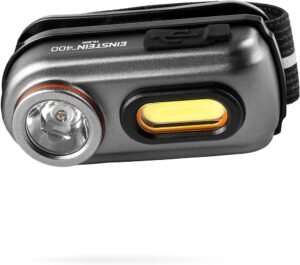



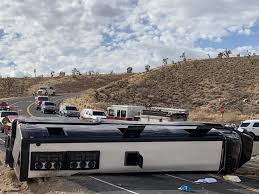






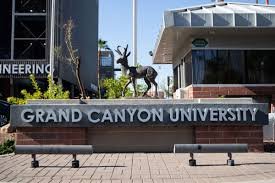
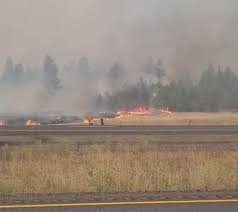



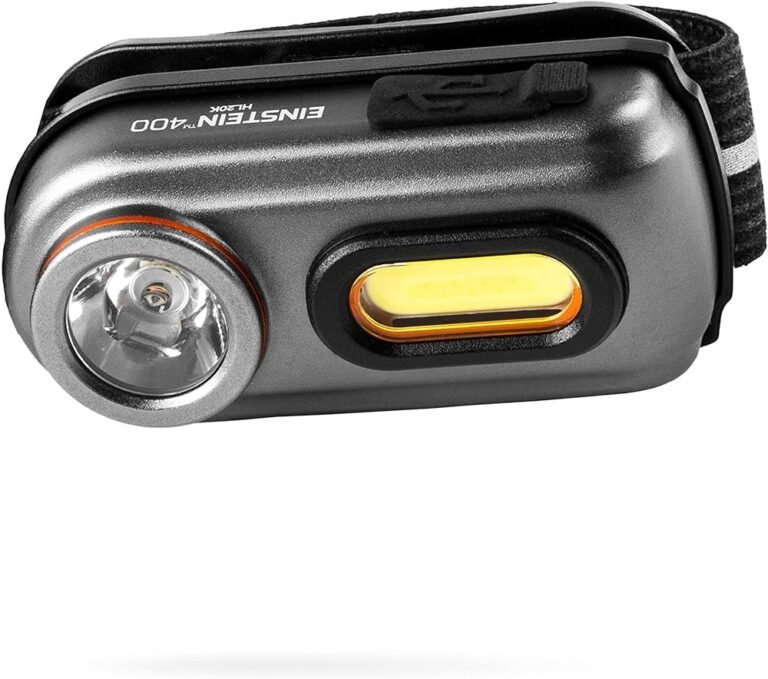

+ There are no comments
Add yours